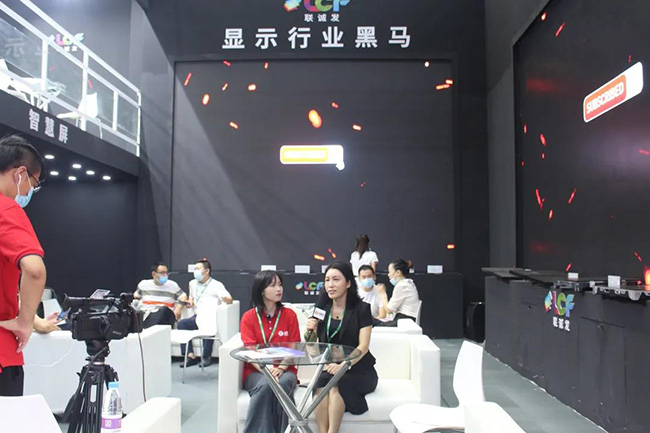Publisher: Supplier of LED Display Time: 2017-11-13 16:10 Views: 4643


2. Abnormal control signal: It is also very common that the full-color LED display shows a line of constant bright and high-brightness. It is often caused by abnormal cable contact or error in debugging parameters. Strictly speaking, a well-designed LED display product should have a protection circuit that avoids the line highlight and constant light. For products without protection circuit, after the line highlight is always on, if it is not eliminated in time, the line driver chip (such as 4953) of the module may be burnt due to the continuous high current operation and the temperature rises sharply. Of course, compared with previous products, the current industry's full-color LED display module, the on-board power consumption of the row driver chip is relatively low (below 2A), and the maximum operating current of most row driver chips is about 3A. The possibility that the line driver chip smokes and burns due to the line constant light on the module is relatively small. Therefore, most products on the market no longer design protection circuits.
3. The power supply voltage is too large: the rated working voltage of the LED display module is usually 4.5V-5V, the maximum limit working voltage of the integrated chip on the module is generally not higher than 7V, and the maximum reverse voltage of the LED tube is also Below 7V. Therefore, the power supply voltage above 7V can damage the integrated chip and the LED tube. When the voltage reaches about 9V, the conventional constant current/constant voltage drive chip will often start to heat up sharply and may smoke. Under normal circumstances, when the voltage is 10-11V, the chip will be burnt to varying degrees if the power is continuously turned on for about 2 seconds. Since the LED display uses a constant voltage switching power supply with an output voltage of 5V, the possibility of overvoltage is not very large. Even if the control circuit of the switching power supply fails, the possibility of its output voltage being abnormal and reaching more than 9V is very small (it does not mean it is impossible!). It is worth mentioning that even if the high output voltage ripple of some low-quality switching power supplies cannot cause the chip to smoke and burn, it is still enough to cause the chip to fail.
Summary: In practical applications, most of the reasons that cause the chip to smoke and burn are the reverse connection of the positive and negative electrodes, followed by the abnormal control signal, but this situation will become less and less common, and the last is a very small number of power supply overvoltage conditions. Some of these failures are caused by man-made, whether it is LED display manufacturers or end users, in order to reduce the occurrence of full-color LED display chip failures, it is very necessary to improve the technical level of the operators.








